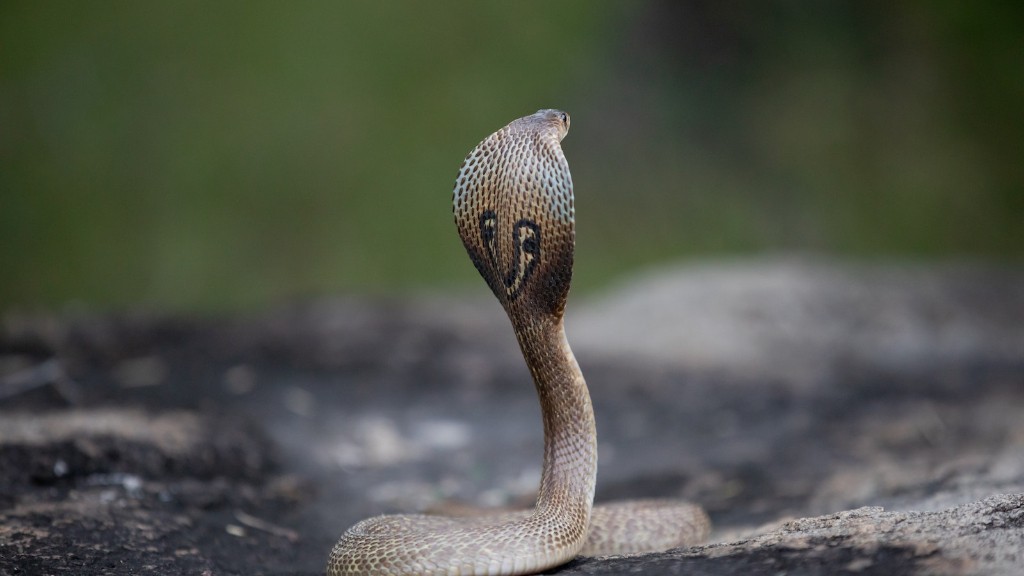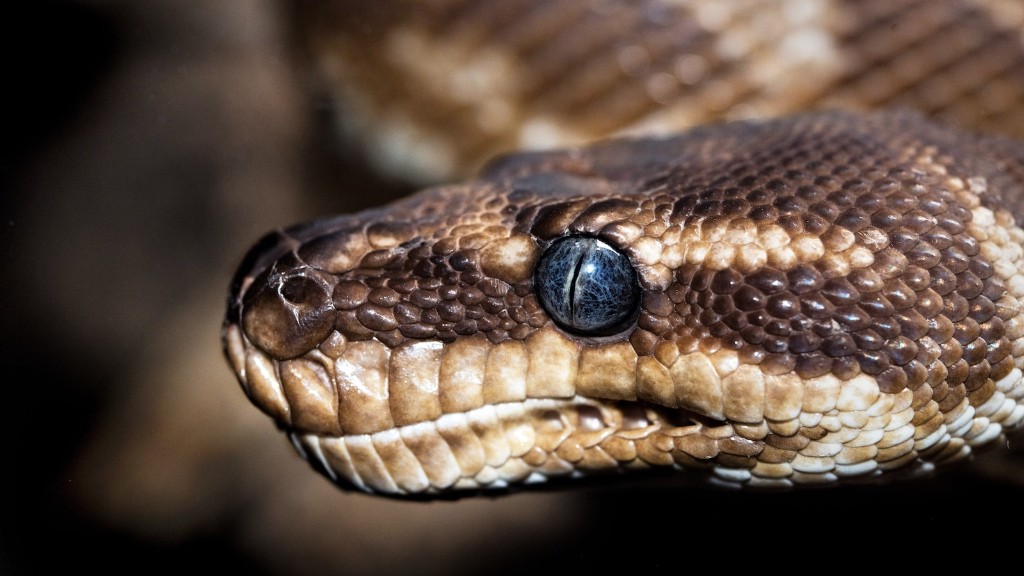Cobra Snake Facts
Introduction
Cobra snakes, scientifically known as Naja, are a group of venomous snakes belonging to the family Elapidae. These fascinating creatures have captivated the attention of researchers, herpetologists, and snake enthusiasts for centuries. In this article, we will explore various aspects of cobra snakes, including their physical characteristics, habitats, behavior, venom, and conservation status.
Physical Characteristics
Cobra snakes are medium-to-large-sized reptiles, known for their characteristic hood, which they display when threatened or during territorial disputes. The hood is created by expanding long ribs and loose skin on the neck. Cobras can reach lengths of up to 18 feet (5.5 meters), with the king cobra being the longest venomous snake in the world.
These snakes exhibit great variation in coloration and patterns, depending on the species. Some are solid black, while others display vibrant colors such as yellow, green, or brown. This diversity in appearance makes them one of the most visually striking snake families.
Habitat and Distribution
Cobra snakes inhabit a wide range of environments, from forests and grasslands to deserts and wetlands. They can be found in various regions across Africa, Asia, and the Middle East. Each species has its preferred habitat, which influences their behavior and diet.
For instance, the forest-dwelling black forest cobra (Naja melanoleuca) is found in the rainforests of Central and West Africa, while the Indian cobra (Naja naja) prefers rural and agricultural areas, often infiltrating human settlements.
Behavior and Predation
Cobra snakes are known for their distinct defensive behavior when threatened. They rear up, spreading their hood, hiss loudly, and project a menacing image to discourage potential predators. While they possess potent venom, cobras will typically prefer to intimidate rather than bite when given the opportunity.
These snakes are predominantly nocturnal hunters, relying on their exceptional eyesight to locate and ambush their prey. Their diet mainly consists of small mammals, birds, eggs, and other reptiles. The venom injected through their hollow fangs helps immobilize and digest their prey.
Venom and Anti-venom
The venom of cobra snakes is highly potent, containing a mixture of neurotoxins and cytotoxins that affect the nervous system and blood cells. A single bite from a cobra can be fatal if left untreated. However, antivenoms have been developed to neutralize the effects of cobra snake venom.
Research and development efforts continue to improve the efficacy and availability of antivenoms, providing much-needed protection for individuals at risk of encountering these snakes.
Conservation Status
Many species of cobra snakes face significant threats due to habitat loss, poaching for their skins or use in traditional medicine, and the pet trade. As a result, several species are listed as endangered or critically endangered by the International Union for Conservation of Nature (IUCN).
Conservation efforts are crucial for the survival of these beautiful and ecologically important snakes. Raising awareness, enforcing wildlife protection laws, and preserving their natural habitats are essential steps in safeguarding their future.
Conclusion
Cobra snakes represent a unique and diverse group of venomous reptiles that have both fascinated and instilled fear in humans throughout history. Understanding their physical characteristics, behaviors, venom, and conservation status is vital for our coexistence with these creatures.
Through ongoing research, education, and conservation efforts, we can ensure the long-term survival of cobra snakes and appreciate their ecological role in the natural world.



